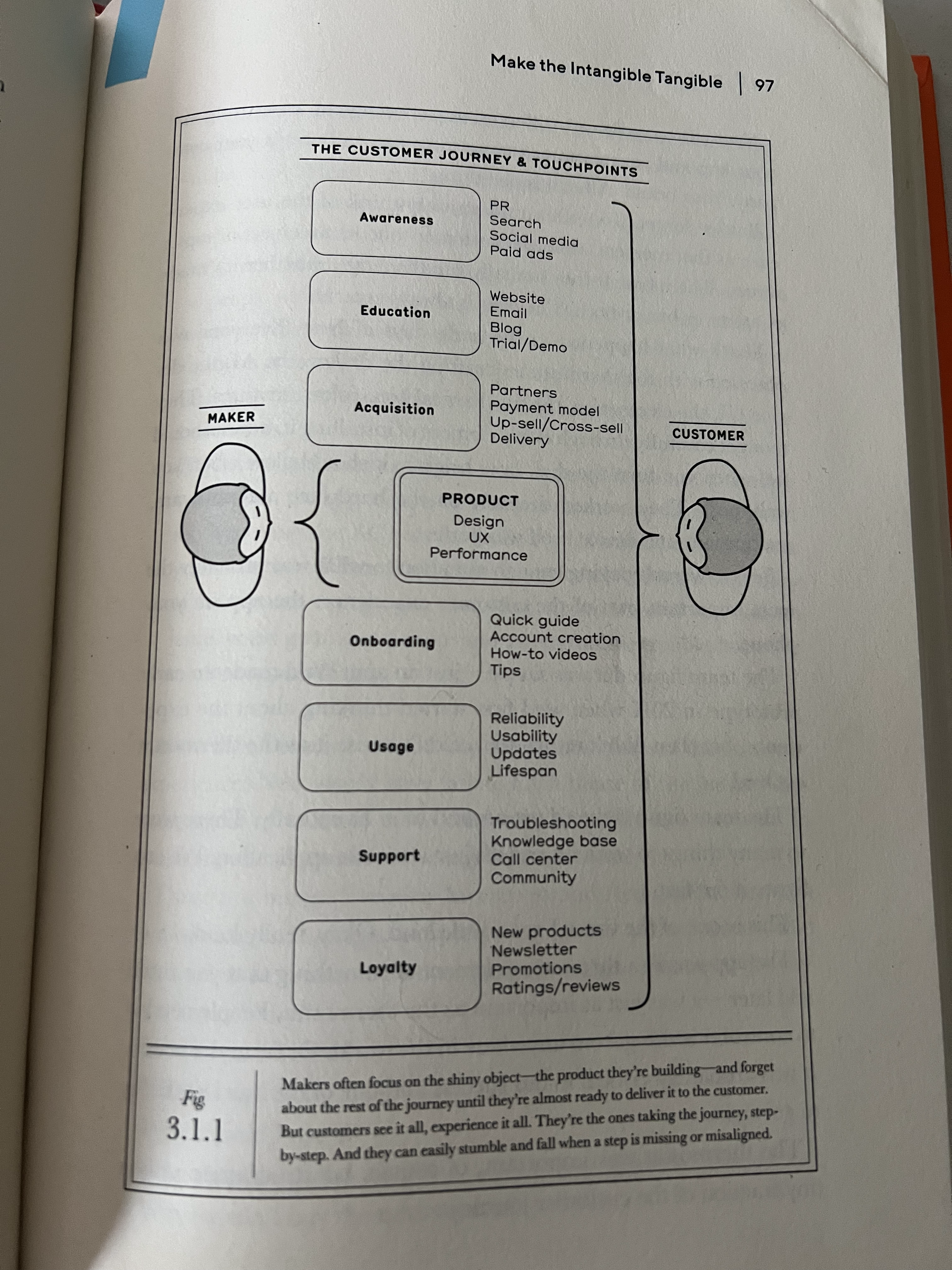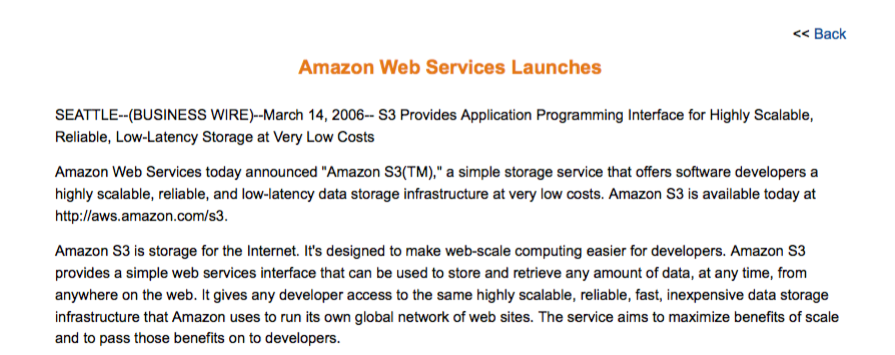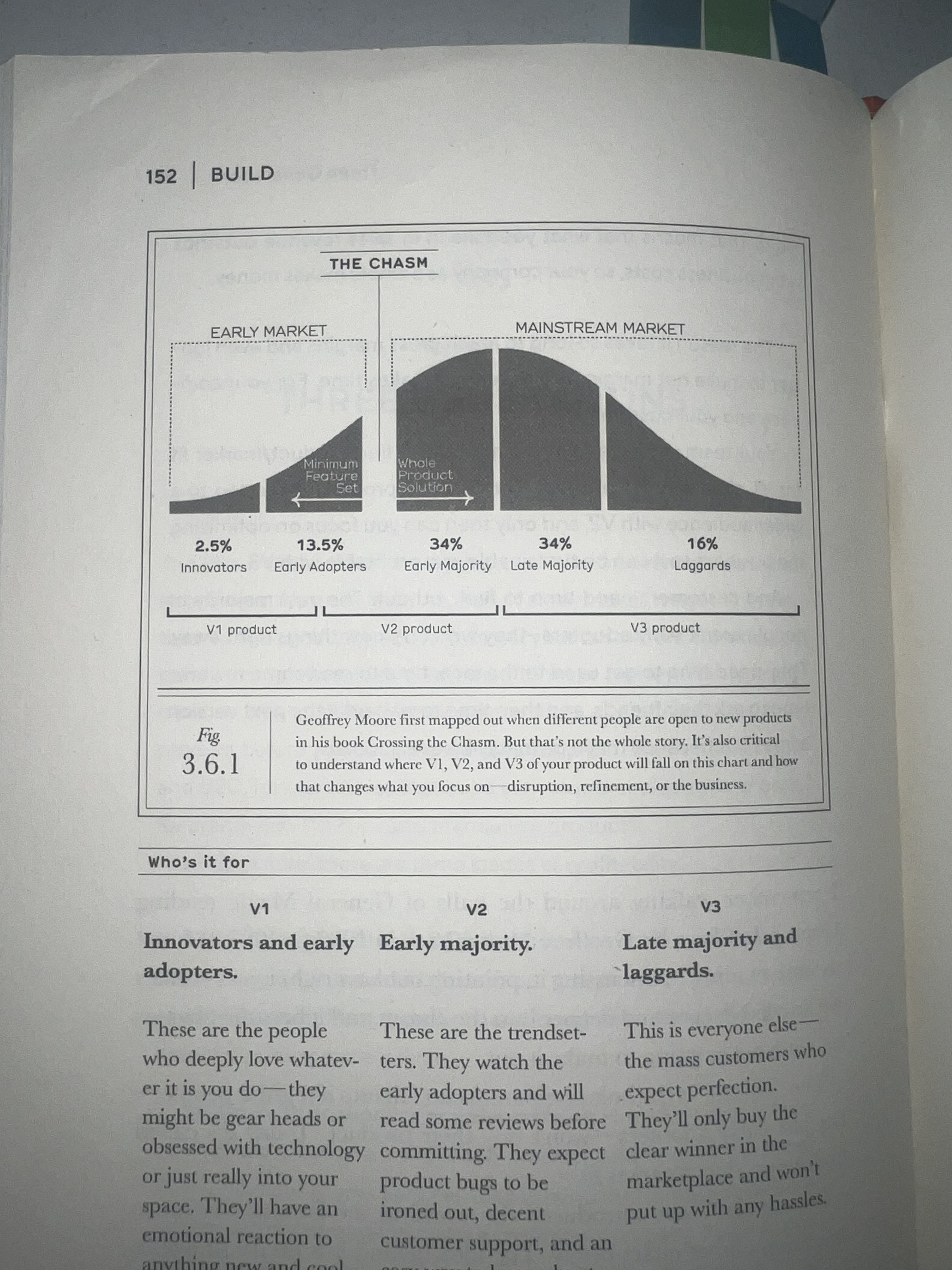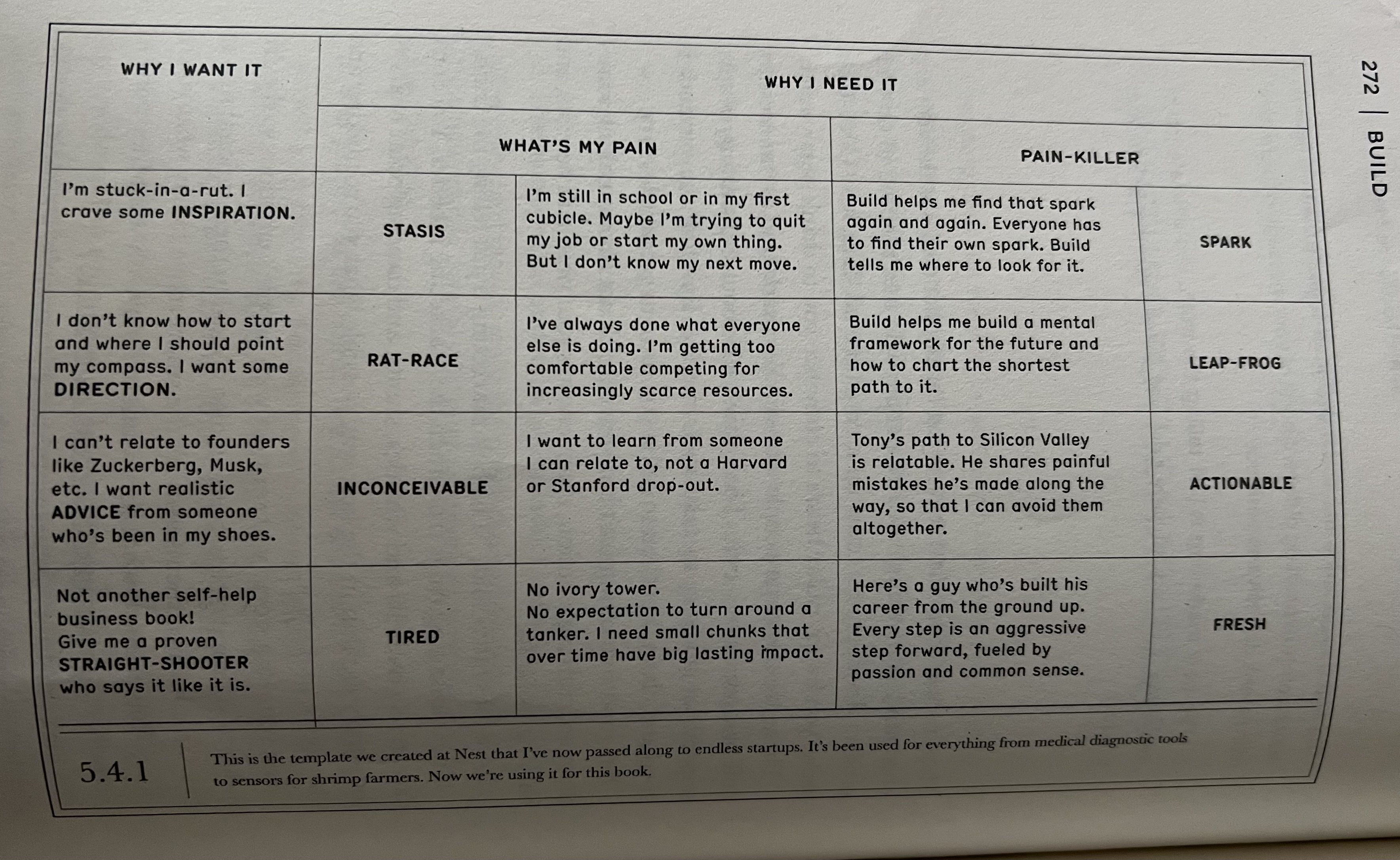#1 The customer journey Link to heading

Makers often focus on the shiny object the product they’re building and forget about the rest of the journey until they’re almost ready to deliver it to the customer. But customers see it all, experience it all. They’re the ones taking the journey, step-by-step. And they can easily stumble and fall when a step is missing or misaligned.
#2 First version of your product and second Link to heading
Always when you make a new product you develop 2 versions and many companies fail to get it right: V1 is when you have a limited data and you mostly orient on your vision and early feedback from the customers, where vision is priority number one. When you make V2 you should make data your first priority and feedback the second.
Don’t waste a year polishing V1 and adding speculative features. It’s crucial to launch quickly, gather data, and be ready to pivot. It’s the best way to build something your customers will love.
V1: Vision -> Customer Insights -> Data
V2: Data -> Customer Insights -> Vision
#3 Write a press release for the product when you start, not at the end. Link to heading
Since the early days of Amazon, Jeff Bezos has required teams to create a “future press release” before launching a new product or initiative.
The press release is meant to hook people it’s how you get journalists interested in what you’re making. You have to catch their attention. You have to highlight the most important and essential your product can do. You can’t just list everything you want to make - you have to prioritize. When you write a press release you say, “Here. This. This is whats newsworthy. This a what really matters.”
The press release will help you to know when to stop, when is enough or not enough. Spend time developing a great press release as you can. Weeks or months later as you’re getting close to finishing, as you’re debating what makes it in, what gets cut, what matters, what doesn’t - take out your press release. If you launched right now, could you more or less send that press release into the world and have it be mostly true? If Yes, then congratulations: your product is probably ready, or at least pretty close. You have achieved the core of your vision. Everything else is most likely a “nice to have,” not a priority.

#4 Profitability and product adoption Link to heading
Far too many expect profitability right from the first version of their product. In reality the first version of your product will be used only by investors and early adopters. You fix your product and convince those who observe early adopters to join. The rest of the market will only buy the clear winner on the marketplace.

#5 Messaging architecture Link to heading
Steve Jobs often said, “The best marketing is just telling the truth?” If the messaging rings true, then the marketing is better. You don’t have to rely on bells and whistles, stunts, and dancing polar bears you simply explain in the best way possible what you’re making and why you’re making it. And you tell a story: you connect with people’s emotions so they’re drawn to your narrative, but you also appeal to their rational side so they can convince themselves it’s the smart move to buy what you’re selling. You balance what they want to hear with what they need to know. To make the story feel real, to make it tangible, you need to visualize it. You need a messaging architecture.

#6 Product Managers Link to heading
The majority of companies misunderstand the role of the product manager - if they even know it exists. They think i’s marketing (nope), it’s project management (nope), it’s press relations. communications (nope), it’s design (nope), product finance (nope), it’s the founder or CEO’s job (not really) The confusion mostly stems from the fact that product management lives at the intersection of many specialties and can look very different at different companies A product manager’s responsibility is to figure out what the product should do and then create the spec (the description of how it will work) as well as the messaging (the facts you want customers to understand). Then they work with almost every part of the business (engineering, design, customer support, finance, sales, marketing, etc.) to get the product spec’d, built, and brought to market. They ensure that it stays true to its original intent and doesn’t get watered down along the way. But, most importantly, product managers are the voice of the customer.
#7 Sales culture is dead Link to heading
Salespeople are traditionally paid on commission. That means that after a customer completes a transaction, the salesperson gets paid some percentage of the sale price or receives a bounty-a bonus-for each sale they complete. The bigger the deal, the more deals they close, the bigger the paycheck. Typical commissions are paid out in full at the end of the month or quarter. This is commonly believed to be the best way to align business goals with sales team goals and hit revenue targets that will show investors real progress. People–especially salespeople-will tell you that this is the way it’s always been done, that it’s the only way to do it and it’s the only path to hiring a decent sales team. Those people are wrong. Even if on the surface everything seems to be working, there are a lot of downsides when the traditional commission model is fully played out. Most notably, it can breed hypercompetition and egoism and incentivize making a quick buck rather than ensuring that customers and the business are successful in the long term.
There is a different model that aligns short-term business goals without neglecting long-term customer relationships. It’s based on vested commissions. Rather than focusing on rewarding salespeople immediately after a transaction, vest the commission over time so your sales team is incentivized to not only bring in new customers, but also work with existing customers to ensure they’re happy and stay happy. Build a culture based on relationships rather than transactions.